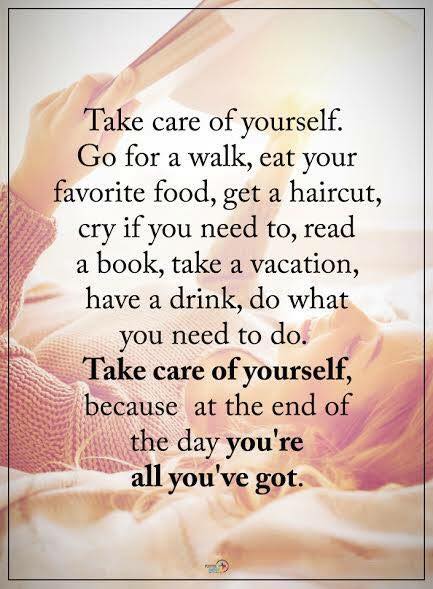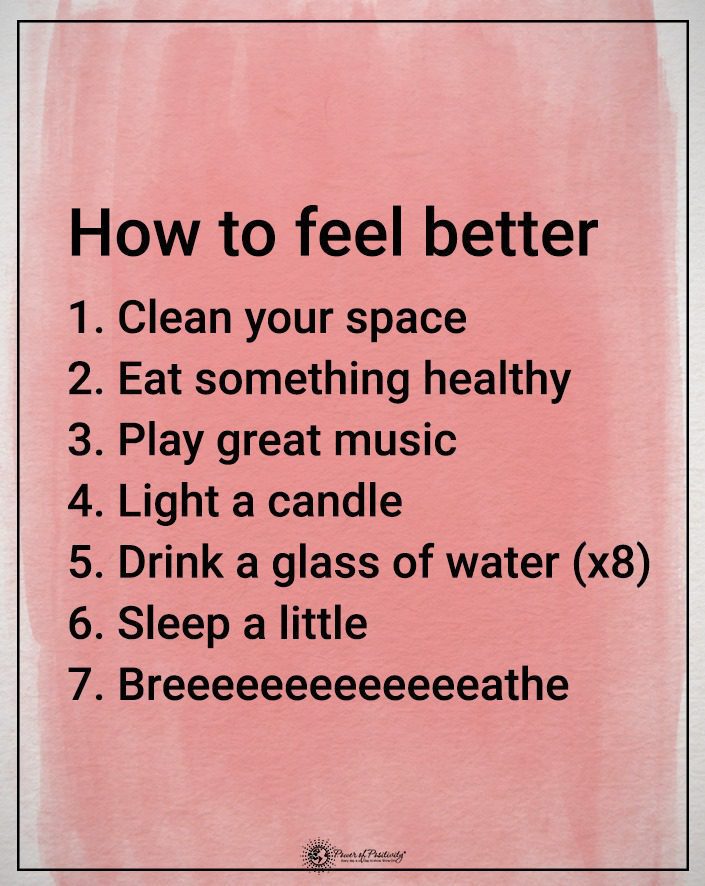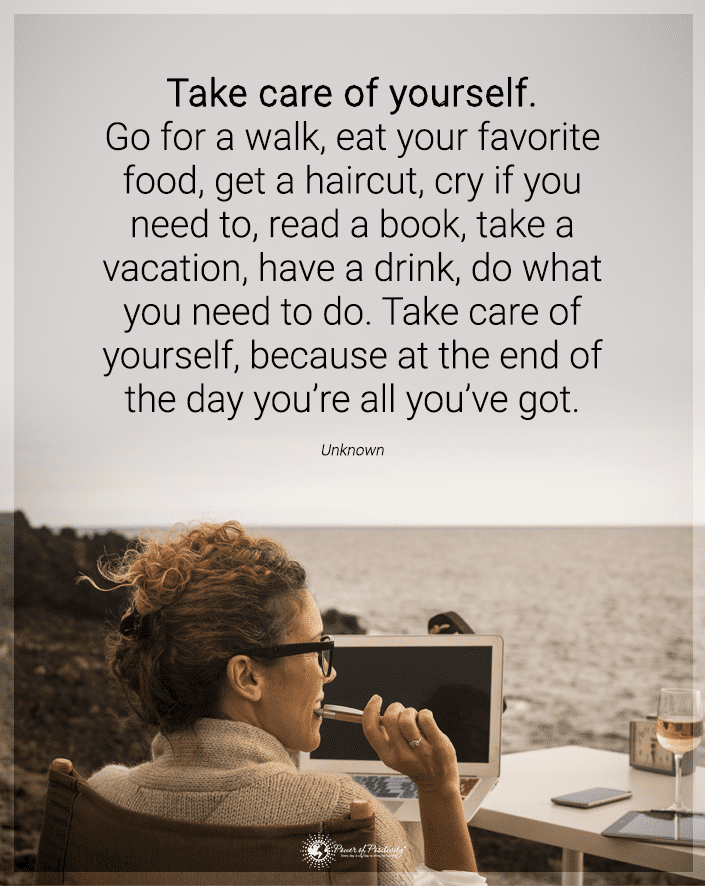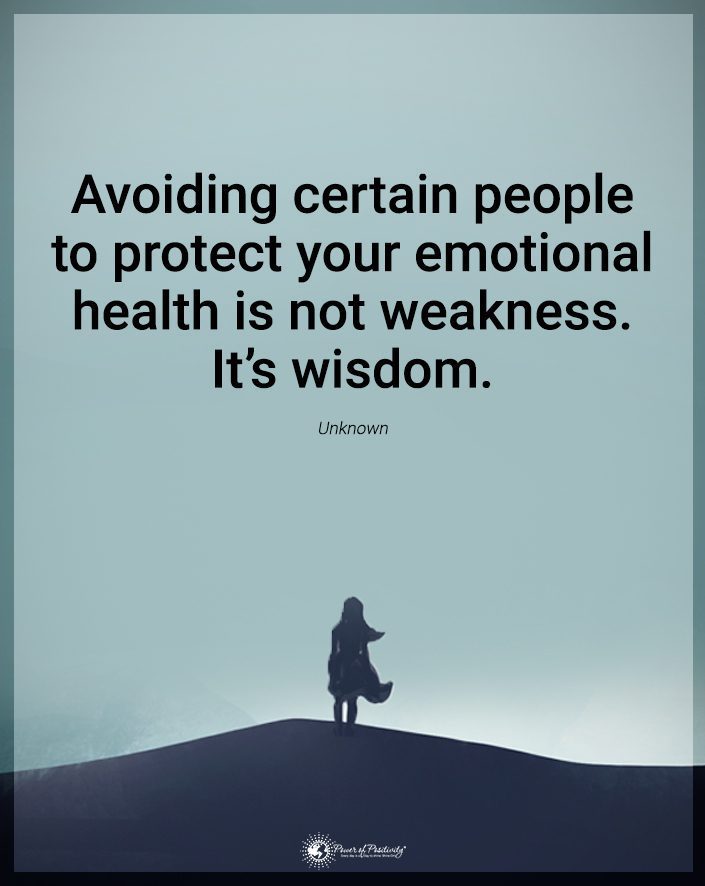Left or right-handedness is something you might not give much thought to, unless you have to use lefty scissors. However, what it reveals about how you think might surprise you.
We have one brain but it has a left and right half. Scientists call these hemispheres, and they connect in the middle. Each hemisphere of your brain does different tasks. Indeed, whether you are right or left-handed relates to how you think about problem-solving, your preferences, and it is also related to other personality factors as well.
Let’s look at what being right- or left-handedness says about how you think compared to people who use the opposite hand.
What Being Left or Right-Handed Says About How You Think
Researchers in the Journal of Experimental Psychology created an experiment where people looked at fictional characters called Fribbles and chose either a Fribble on the right or on the left column that looked the most trustworthy, attractive, smart, and other traits. They found that right-handed people had a bias toward selecting the Fribble on the right and left-handed people toward selecting the one on the left.
Related article: What Does Your Birth Order Reveal About Your Personality?
This side-bias also reflects negative traits but in reverse. For example, when asked to pick which Fribble is the most deceptive, unattractive, or unintelligent, right-handed people choose the Fribble on the left. Conversely, left-handed people chose the one on the right. Clearly, we associate good things with the side that our dominant hand is, and we associate bad things with things that are on the side of our opposite hand.
Awareness of this side-bias is helpful to make sure you are thinking clearly when making decisions. If you know that you tend to prefer things on the right side of the aisle, see what you’re missing on the left. Mind blowing!
Side Dominance
Are “righties” also right-eye or right-leg dominant? It appears that this is the case for most people. Only about 1% of the population is ambidextrous, meaning that they can equally use their left or right hand. Being one-side dominant in how you approach everything from dancing to sighting a target makes you different than your other-side-dominant friends.
How Right-Handed People Think and Their Personality Traits
The good news for right-handed thinkers:
- Right-handed people have it easier at school than left-handed people. Conversely, teachers often encouraged lefties to change hands when writing.
- Right-handed people score higher on intelligence tests. But testing is not everything, right?
- Right-handed people live an average of nine years longer.
The bad news for right-handed thinkers:
Right-handed people have very few downsides to being right-handed. However, they may fail to see the more creative left-handed way of thinking as a viable option. Not being able to see more creative solutions may limit a right-handed person’s thinking to fewer options.
Related article: What Does The Day Of The Week You Were Born On Reveal About Your Personality?
One other small piece of bad news for right-handed thinkers; a study of psychiatric patients found that ‘among psychotics in general there was a higher proportion of fully right-handed subjects.’ Being right-handed does not cause you to be psychotic, it’s just that coincidentally more psychotics use their right hand than their left.
How Left-Handed People Think And Their Personality Traits
The good news for left-handed thinkers:
- Left-handed people only make up about 10 to 15% of the population, so you are a rarity if you are left-handed. Additionally, left-handed people tend to be more creative in the arts and in creative problem-solving skills than right-handed people.
- Left-handed people score higher in measures of trust than right-handed people.
- Lefties people are slightly more likely than right-handed thinkers to be geniuses.
- Left-handed men are more likely to out-earn right-handed men, by as much as a 26% increase in income if they were also college graduates.
The bad news for left-handed thinkers:
Left-handed thinkers have to adapt to a world created by right-handed people. From your computer desk layout to the can-opener, you find struggles in places that the right-handed majority cannot appreciate. Here are a few differences in how left-handed people think.
- Left-handers score lower on intelligence tests than right-handed thinkers
- Left-handed people tend to be better at creative problem-solving tasks
- Left-handed women are more likely to be introverted and have fewer close friends
Other interesting facts about left-handed people
Interestingly enough, being left or right-handed might be coincidentally connected to sexual preference. Researchers found that gay participants in a study were 50% more often left-handed than heterosexual people in the study. Homosexual men had 82% greater odds of being non-right-handed than heterosexual men. However, the difference was only 22% greater odds of gay women being non-right-handed than heterosexual women.













